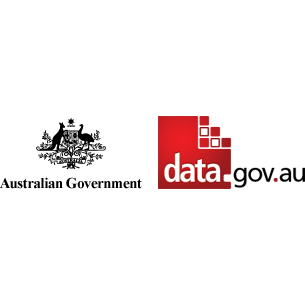Brief description
It is widely known that classification schemes 'provide a framework to organize research and management efforts and to provide a common set of identifiers for those participating in these activities' (Tenore et al., 2006). At any scale of activity, an agreed set of identifiers or habitat classes facilitate and enable management actions and research and this becomes even more powerful the broader the agreement. This rationale provided the impetus behind the development and adoption of the National Intertidal Subtidal Benthic (NISB) Habitat Classification Scheme Version 1 in 2007 (Appendix 3; Mount and Bricher, 2008). The Scheme was originally designed by integrating existing classification schemes (e.g. Kvitek et al., 1999; Bancroft, 2002; Ball et al., 2006; Rule et al., 2007) and defining broad habitat classes which are hierarchical, comprehensive, mutually exclusive, relatively sensor independent and well defined. This allowed for national reporting and comparisons while simultaneously enabling States/Territory and regions to define finer levels of classes for particular purposes (for example, MPA planning). The coverage of the first version of the Scheme was between the Highest Astronomical Tide (HAT) mark and the approximate outer limit of the photic zone (usually 50 – 70 m depth) and included all of Australia’s Coastal Waters (i.e. within the 3 nm boundary). This area includes a wide variety of habitat types ranging from intertidal mangroves and saltmarshes to nearshore subtidal benthic habitats such as seagrasses, reefs and macroalgae. A reference area of 9 m² (3 m x 3 m quadrat or its equivalent in transect mapping) was specified for determining dominance of substrate or biota (see Appendix 3; Mount and Bricher, 2008).Data to be available in the Public Domain under Creative Commons by Attribution Licensing Agreement.More information can be found here: http://creativecommons.org/licenses/by/3.0/au/
Data to be available in the Public Domain under Creative Commons by Attribution Licensing Agreement.
More information can be found here: http://creativecommons.org/licenses/by/3.0/au/
Users must attribute the Department of the Environment and Energy as the data provider.
CC - Attribution (CC BY)
Full description
National Intertidal Subtidal Benthic (NISB) Habitat Classification Scheme - Text Filetext: true
Subjects
User Contributed Tags
Login to tag this record with meaningful keywords to make it easier to discover
Identifiers
- Local : national-intertidal-subtidal-benthic-nisb-habitat-classification-scheme
- URI : data.gov.au/data/dataset/03ade939-e53a-4e09-9b53-d2e60e01ee4b



